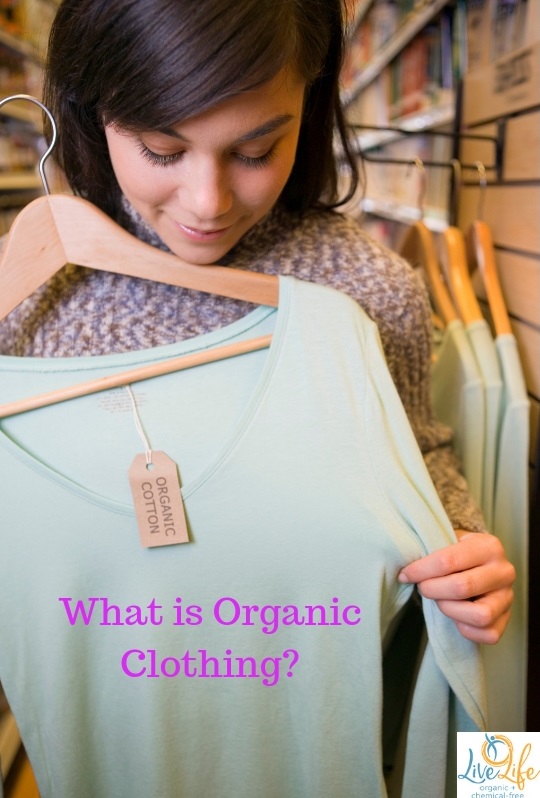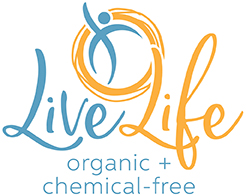
Organic clothing, like so many other “nontoxic” topics, can be difficult to understand.
You’d think that the only criteria would be that the clothing is made of natural materials.
But, not all natural materials meet the organic clothing criteria.
In this article, we’ll answer the question “What is organic clothing?” and discuss the difference between natural and organic clothing.
What is the difference between natural and organic clothing?
Natural clothing
Natural clothing is made of materials found in nature. Except it doesn’t include clothing made of oil, oil byproducts, and other materials found on our planet, naturally.
This can be confusing.
Think of it this way: if the clothing can be made solely of material that is a living organism such as a plant or animal, then it’s a natural material.
Examples of natural materials are cotton, wool, hemp, linen and silk.
Picture these materials being rolled between your fingers or smoothed out with a whisk of the hand to create thread (a thick piece of thread, but thread nonetheless).
Materials such as oil and oil byproducts require man-made chemicals in order to become thread. If you roll oil between your fingers, well, it’s a slippery mess that in no way resembles thread.
Organic clothing
Organic clothing is made of natural materials, but takes it two steps further. Organic clothes are also:
- Non-GMO. Organic clothing is made with non-GMO seeds. This means that the seeds used to grow the cotton, linen or other plants are not genetically modified.
- 95% Pesticide, Fertilizer, Insecticide Free. Clothing that is labeled “organic” is 95-100% free of pesticides, fertilizers, insecticides and herbicides used during growing. This applies to plants and animals.
For example, sheep are often washed in insecticide while their wool is growing long enough to sheer and use in clothing. Organic wool is grown without the use (or with up to 5% of use) of insecticides.
It’s important to note that organic clothing material is deemed organic in the growing stage only.
This means that chemicals can be, and often ARE, added during production (or manufacturing) and storage.
Can clothes be natural and organic?
Yes and no.
Organic clothing must be made of natural materials (free of chemical — or at least free of 95-100% of chemicals).
However, natural materials are not organic.
It is standard practice to use chemicals such as pesticides, herbicides, insecticides and fertilizers to grow crops such as cotton and linen.
Similarly, it’s common to spray or bathe animals in insecticides, leaving a chemical residue behind.
Materials such as silk require a larger amount of chemicals to be used in order to debug the material.
How Live Life Can Help
Having an understanding of what organic material is, is only one part of what makes clothing “organic”.
It’s very common for clothing that is made of organic materials to still have chemicals added to them such as dyes, finishes, notions, and clothing designs.
Want a full understanding of how to find organic clothes?
